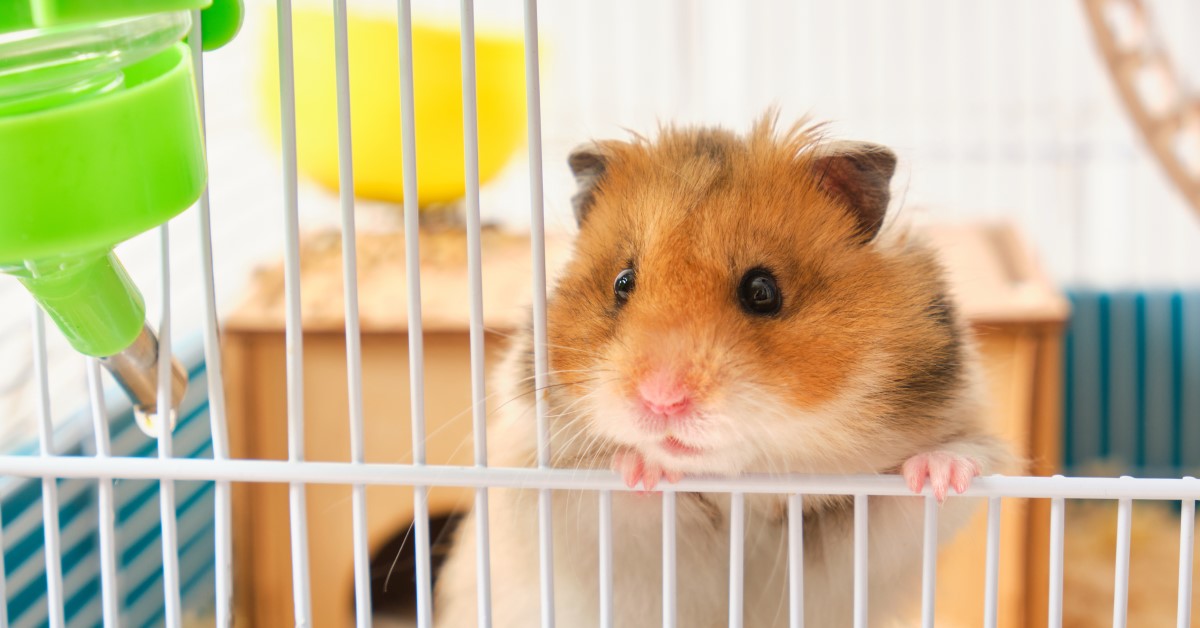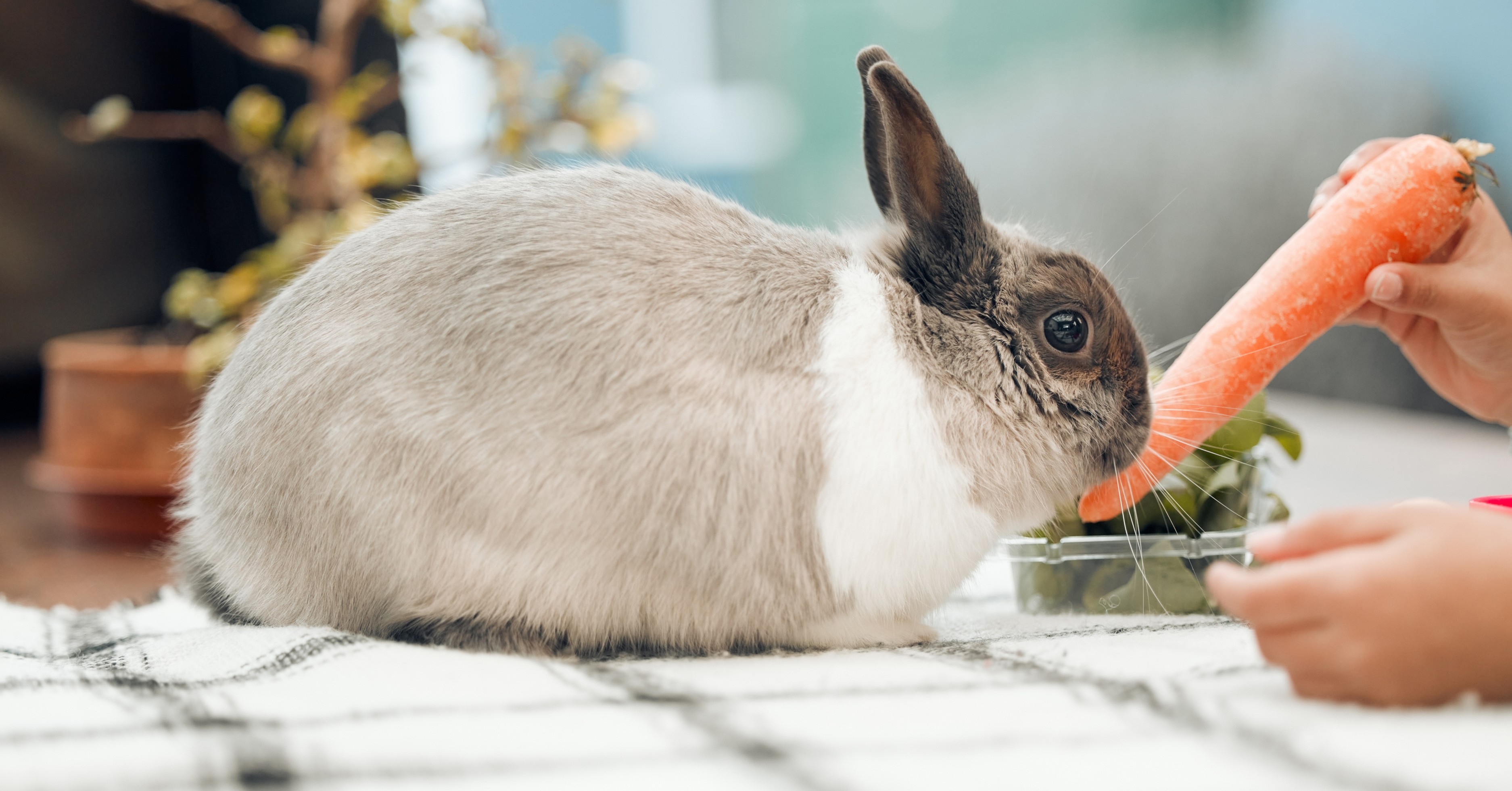Guide to Hand-Taming Your New Hamster
Hand-taming your new hamster will allow you to confidently hold and enjoy spending time with your furry companion.

Hamsters make excellent pets, especially for first-time pet owners. They don’t require a lot of attention, need minimal space, and can be quite entertaining to watch! Unlike cats and dogs, hamsters do not require extensive training. However, they can greatly benefit from regular socializing and handling. By hand-taming your new hamster, you can teach your pet to stay calm, take treats from your hand, and enjoy occasional petting.
Hand-taming a hamster takes time and patience as a new hamster may feel frightened or threatened. Follow these tips to hand-tame your new hamster the right way.
1. Allow Your New Hamster Time to Adjust
It’s common for new pets in a household to appear scared or uncertain the first couple of days. It is important to give your new hamster time to adjust to his surroundings. Leave your hamster alone for three to seven days so that he can adjust to his new habitat, the sound of your voice, and the sights in the room. You’ll find that as your new pet becomes more comfortable, he’ll begin eating, drinking, and playing.
2. Manage Your Expectations
If this is your first hamster, you’ll want to know what you can expect. First, know that young hamsters are much more easily tamed than older hamsters. Just like any type of household pet, older pets can become set in their ways, and if they have never been hand-tamed, they may react with aggression when touched or picked up. Know that taming an older hamster may take considerably more time than a young hamster.
3. Tempt Your Hamster with Treats
Similar to cats and dogs, hamsters are often motivated by food. Before even attempting to pick up your hamster, get him used to your scent and the sight of your hand. This is most easily achieved with treats. Offer your new hamster treats from your hand. Start with larger treats that do not require your hamster to get too close, such as baby carrots. You can then move on to other treats, such as apple slices, pieces of hard-boiled egg, mealworms, cucumber, and broccoli.
4. Appeal to Your Hamster’s Senses
One thing that many people don’t know is that hamsters have poor eyesight. This means that you could easily catch them off-guard if you don’t take the time to accustom your new pet to your voice and scent. Help your hamster get used to your scent by rubbing your hands on your hamster’s bedding. Before attempting to touch or pick up your hamster, alert them to your presence by speaking in a soft voice.
5. Place Your Hand Flat on the Cage Floor
New hamster owners are often hesitant to pick up their hamsters for the first time. One way to ease into picking up a hamster is by placing your hand flat on the cage floor. Wash your hands first to ensure that there are no food odors on your skin. Keep your hand on the cage floor for several minutes, allowing your hamster the option to walk onto your hand. If your hamster doesn’t take the bait, consider placing a small piece of food in your hand. Once your hamster feels comfortable, lift your hand several inches off the ground. Repeat this action several times.
6. Lift Your Hamster with Your Hand Cupped
After your hamster gets comfortable being in your hand, it’s time to lift him out of the cage. With your hamster in your palm, gently cup your hand and lift the hamster out of the cage and to your chest. Keep your hand firmly around your hamster’s torso to prevent him from jumping out of your hand. You can use both hands to cradle your hamster so that he feels safe and secure.
7. Touch and Pet Your Hamster
With your hamster in your hands, you’ll have the opportunity to start touching and petting your new hamster. Start by holding your hamster in one hand while you use your fingertips to gently pet your hamster’s head and back. You can also feed your hamster treats as you hold him. Ideally, you want to be in an enclosed space when handling your hamster, such as a playpen that your hamster is unable to squeeze under, over, or through. This will ensure that your hamster doesn’t get lost if he escapes your grasp.
8. Pay Attention to Signs of Irritability
Just like other pets, hamsters can become irritated when they are not being handled correctly or too much. It’s important to recognize the signs of irritability in hamsters and give your pet time to calm down when you spot these signs. Hamsters are unable to produce many sounds that humans can hear; therefore, you must be visually alert. If angry or irritated, your hamster may chatter his teeth. In some cases, an irritated hamster will produce a series of squeaks and/or grunts. A terrified hamster may let out a piercing shriek.
Over time, hand-taming your hamster will allow you to pick up, pet, and play with your furry friend. Tamed hamsters often enjoy the company of their humans and will like to be petted. Don’t try to rush the process as this can cause mistrust between you and your new pet. Instead, slowly get your hamster used to being around you and comfortable in his new environment.
Ready to start saving money on pet wellness care?
Then take a look at Mint Wellness, the pet wellness plan that provides fast reimbursement on routine pet care. Save on vaccinations, wellness exams, preventatives, dental, and more!
Learn More


